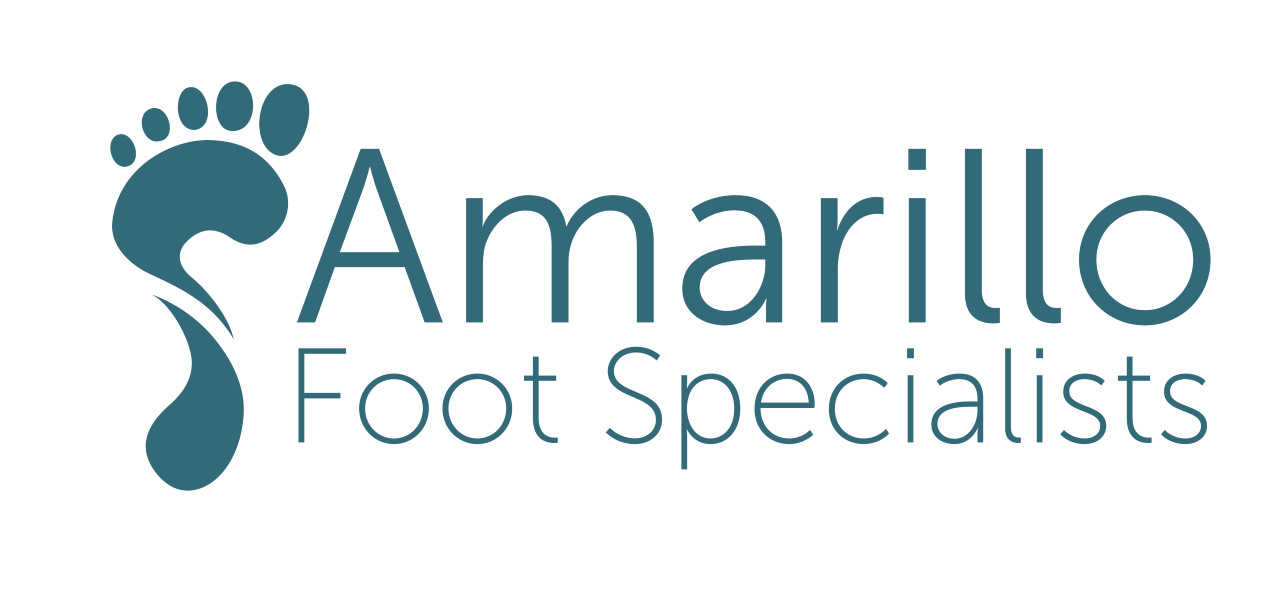Heel Spurs: What You Can Do About Them?
Estimates show that approximately 1 in 10 people get a heel spur, which is a bone-like lump that develops between the arch of the foot and the heel. Not all heel spurs are accompanied by pain, but about 5% of people feel discomfort ranging from a continuous, dull ache to a sharp pain when they stand. Today Dr. Mark Thompson and Dr. Brandon Holloway of Amarillo Foot Specialists located in the Amarillo, TX, panhandle share causes and treatment options.
Common Causes of Heel Spurs
Heel spurs are calcium sediments that grow on the underside of your heel bone. They generally form gradually with recurrent stress on the heel, usually over a period of a few months. While they range in shape and size, they can grow to be nearly ½” long.
Some of the most common causes of these deposits include:
Running on solid surfaces
Shoes that don’t fit properly
Strained foot ligaments or muscles
Spending extended periods standing
Being obese or overweight.
Some gait irregularities may also elevate your risk of developing heel spurs. For example, if you walk in a way that increases the stress on your ligaments, nearby nerves, or heel bone, you could be more at risk for heel spurs.
The Connection Between Heel spurs and Plantar Fasciitis
One of the most common causes of foot pain is plantar fasciitis. It occurs when the thick band of tissue that stretches from your toes to your heels (the plantar fascia) becomes inflamed.
And while heel spurs don’t cause plantar fasciitis, these conditions often occur simultaneously. So, if you have plantar fasciitis, chances are good that heel spurs may also develop. The best way to address your pain in these cases is by treating plantar fasciitis.
Treatment Options for Heel Spurs
Heel spurs are typically diagnosed following a physical exam and X-rays. Most patients with heel spurs find that nonsurgical treatment helps their condition. Depending on your lifestyle and symptoms, a treatment plan may be created that suits your needs.
Some possible treatment options to reduce heel spur pain include:
Physical therapy
Orthotics or shoe inserts
Anti-inflammatory medication
Stretching
Splinting, strapping, or taping.
If these options don’t help the issue, and you’ve had symptoms for 9 – 12 months with no relief, surgery may be needed. This type of surgery could include releasing tension in the plantar fascia or removing the heel spur.
If you’re tired of recurring foot or heel pain, it’s time to contact the office of Dr. Mark Thompson and Dr. Brandon Holloway of Amarillo Foot Specialists located in Amarillo, TX, at (806) 322-3338 today to schedule a consultation.

